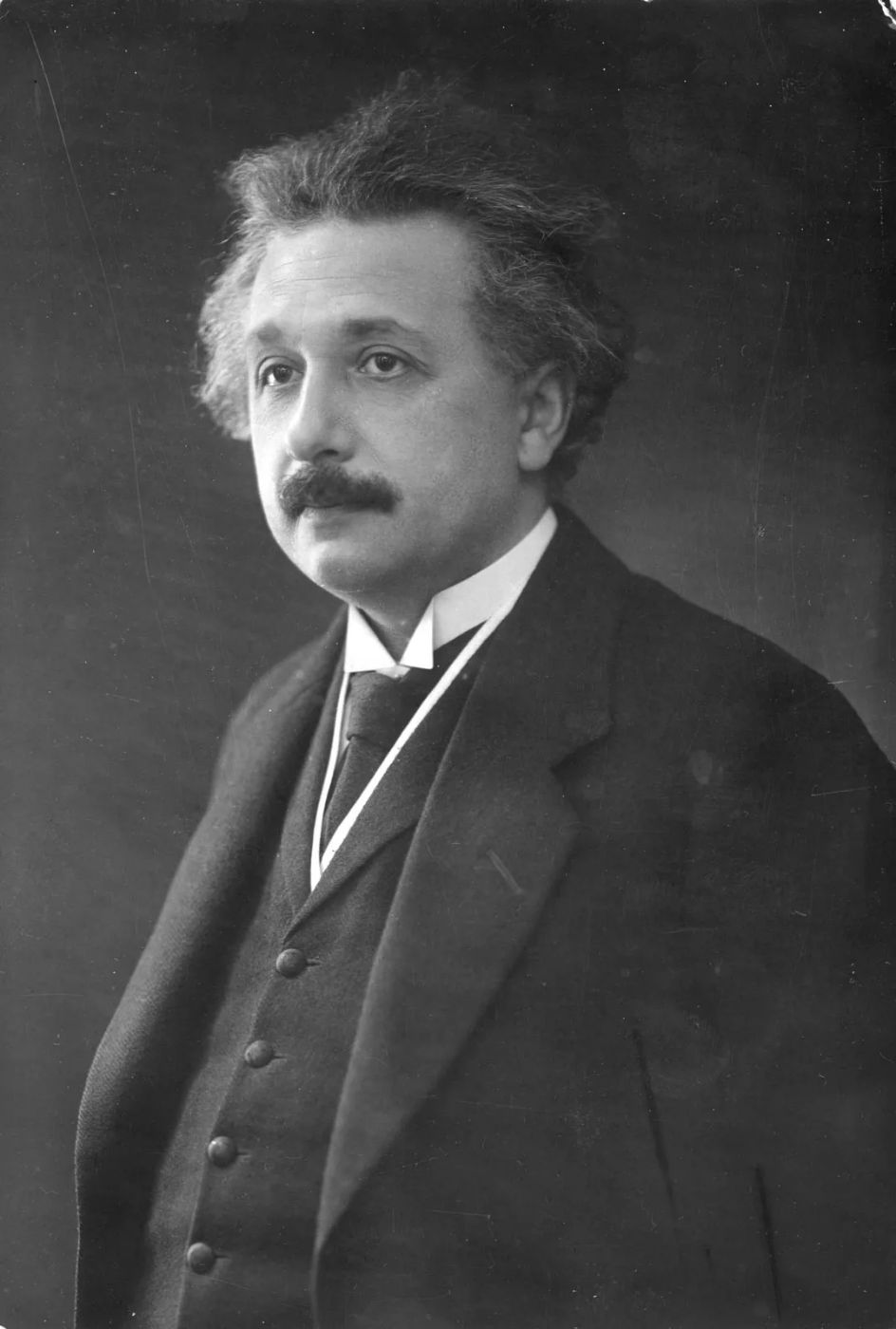2,914 reads
The Possibility of the "Finite" and Yet "Unbounded" Universe
by
October 21st, 2022
Audio Presented by
About Author
Relativity : the Special and General Theory
Comments
TOPICS
THIS ARTICLE WAS FEATURED IN
Related Stories
Community in 12 Quotes
Aug 02, 2019
